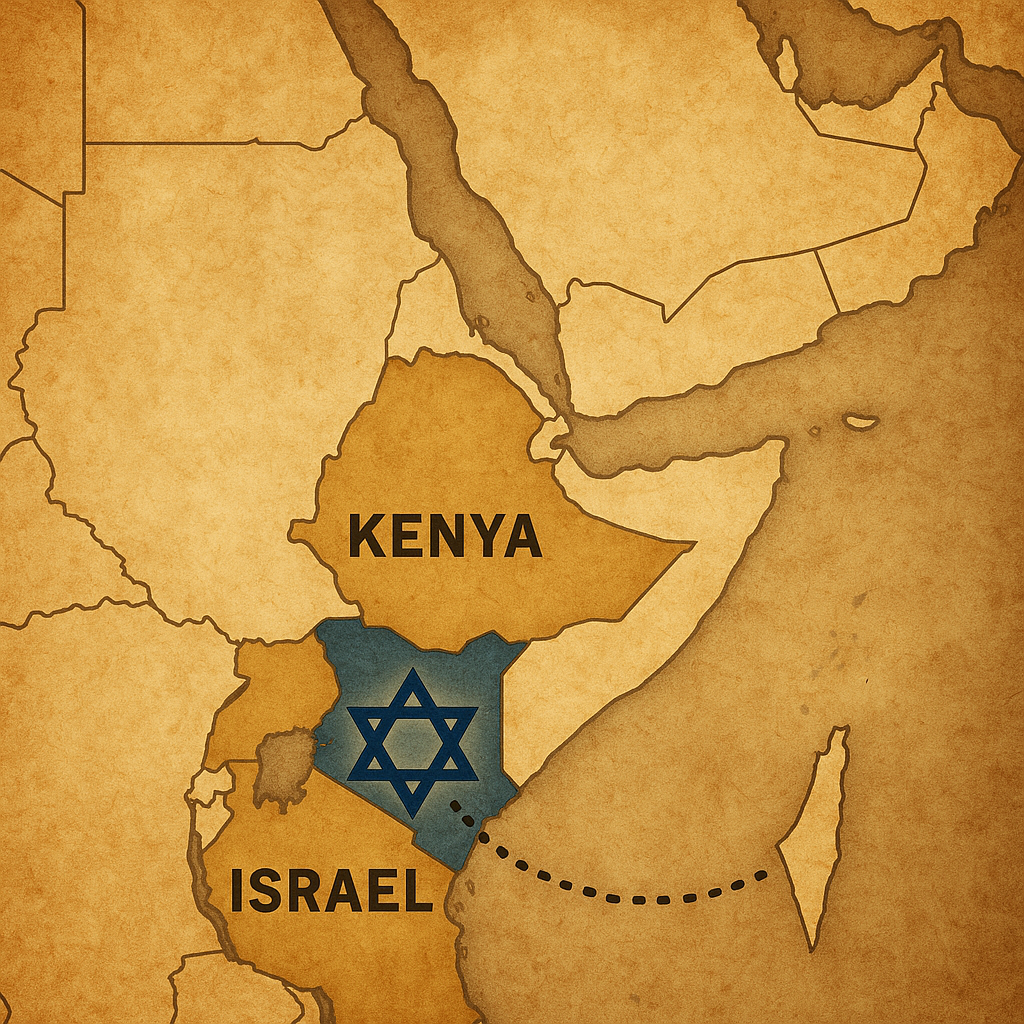The Nairobi Bus System in the 1950s: Public vs. Private Transport
In the Nairobi of the 1950s, the question of who could move—and how—was never just a matter of infrastructure. It was a question of power. Like many other colonial cities, Nairobi’s transport system was built to carry some and constrain others. Buses moved bodies, yes, but more importantly, they reinforced the borders of race, class, … Read more










